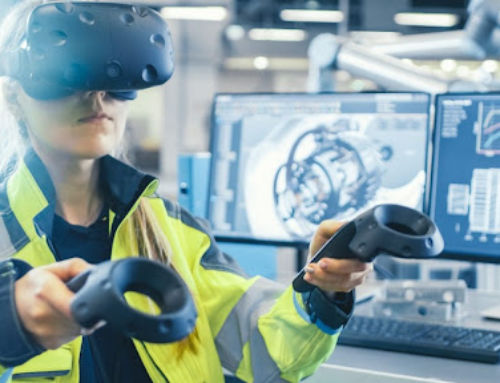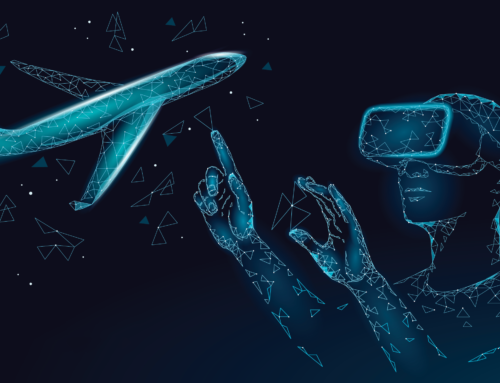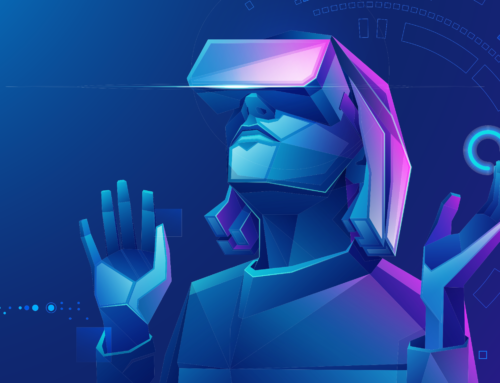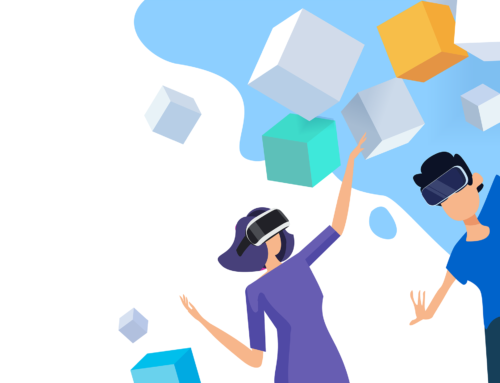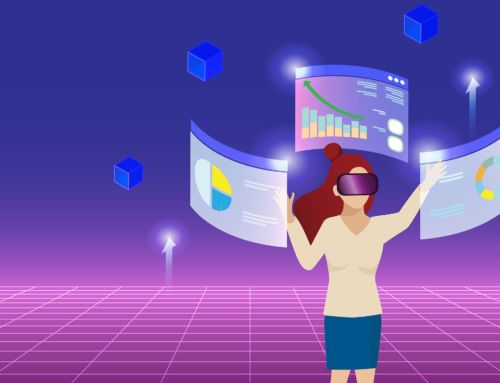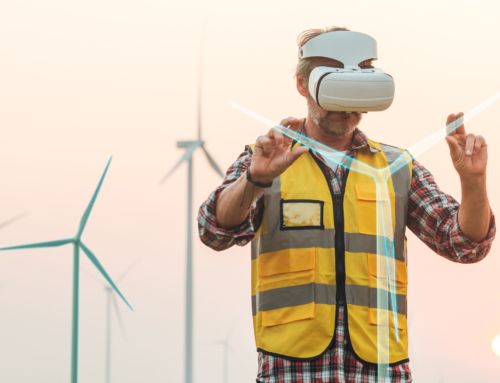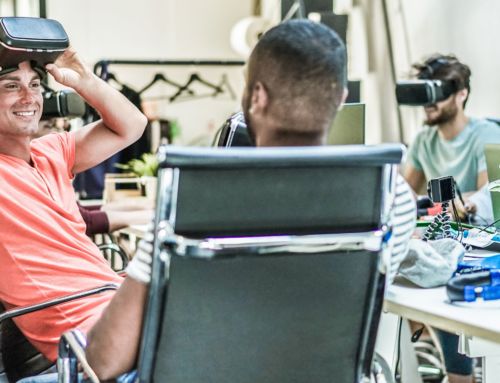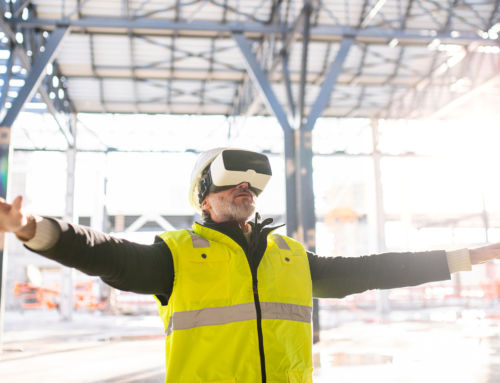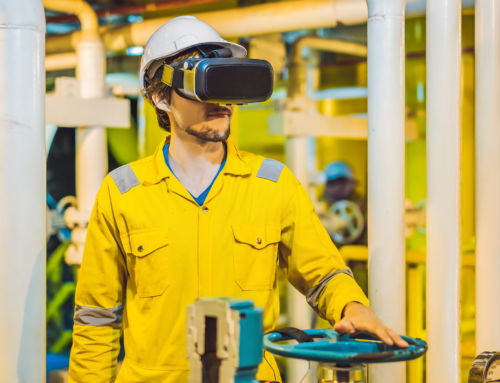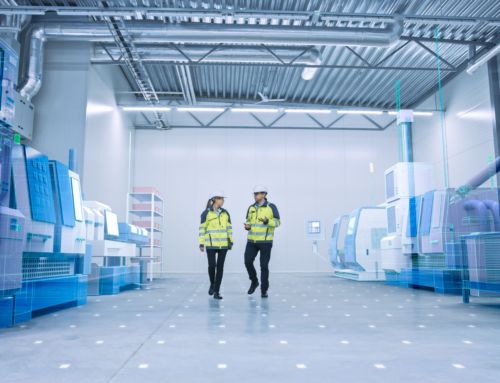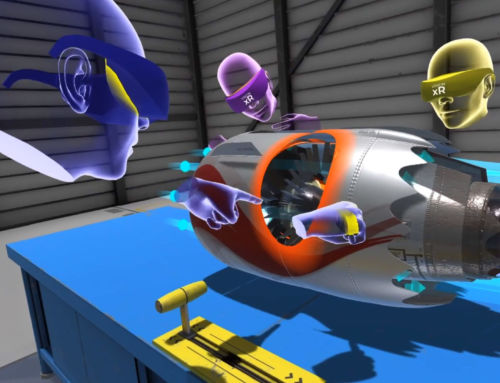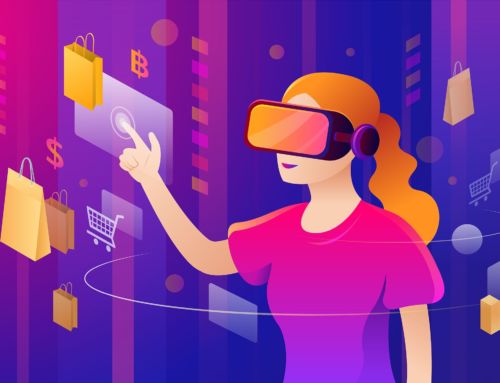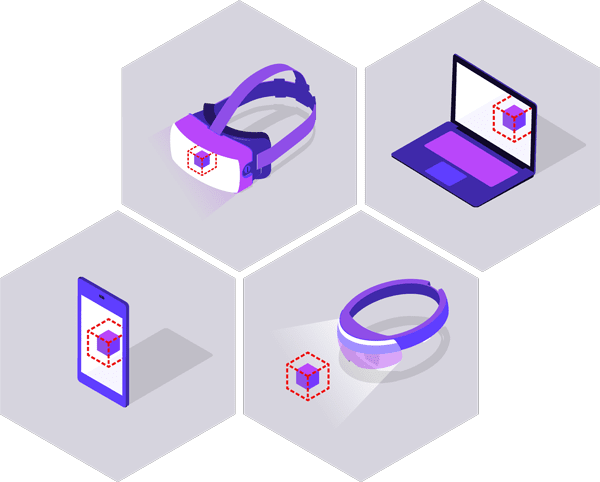The pandemic has brought monumental challenges to the world of work and catalysed the move towards remote, or hybrid working for many. This isn’t just affecting the way we work; it also has a significant impact on the way we learn new skills. It raises a range of challenges for learning and development teams to ensure that employees are fully able to adapt to the change that their new working environments bring and rise to the challenge of digitisation while striving to reach their individual potential.
Learning & Development Challenges
Adapting to a New L&D Reality
In 2021, in the face of monumental changes in working practices, learning and development strategies need to evolve to successfully support employees through this period of change. This means that traditional classroom based learning is no longer the automatic go-to option for training employees. Moreover, with social distancing and remote working becoming the new normal, providing on-the-job training has also been compromised throughout the pandemic.
The future of successful learning programmes requires the adoption of innovative and employee-centred solutions, so that training is focused around the individual needs of each employee, and that it fits seamlessly with their work schedules.
Integrating new technologies can offer L&D teams the chance to inject effective and impactful ways to train employees. The digital transformation of learning programmes is a gamechanger. Digital technologies, from Zoom webinars through to immersive experiences accessed via augmented and virtual reality technologies can offer a fantastic tool for providing collaborative training programmes that help to both improve skills and teamworking, but, crucially, can be easily accessed remotely.
Training Employees in a Hybrid Workplace
For many organisations, the Covid pandemic has catalysed changing working practices for good, with employees either working from home or combining home and office working. As the workplace becomes increasingly fragmented, learning programmes must reflect this change. Access to learning is a key challenge,where learning from home should be as easy for employees as from the office or a training facility.
Collaborative learning also needs to be addressed, to ensure that where necessary, teams have the opportunity to train together from multiple locations. Moreover, line managers and team leaders need to learn the skills required to support and motivate employees, as well as develop effective ways to monitor work undertaken.
Upskilling/Reskilling
Automation, globalisation and digitisation are fundamentally changing the make up of labour markets. For example, Nesta predicts that more than six million people in the UK are currently employed in occupations that are likely to change radically or disappear entirely by 2030. This, coupled with the impact of Covid, which the OECD has described as “a tsunami on top of broader economic, social and demographic shifts already reshaping local labour markets”, has brought about significant immediate challenges, meaning that the task of upskilling and reskilling the workforce is more pertinent than ever.
Developing new skills is central to ensuring that businesses and individual employees are able to continually adapt to these changes in order to survive and thrive. Identifying skills gaps and being able to act swiftly to implement new training programmes, is a key challenge to learning and development teams in 2021 – and in years to come.
Keeping Learners Engaged
As businesses move away from more traditional, classroom based training courses, how can learning programmes be developed that hold the learner’s attention? Accessing training remotely may be convenient, however these experiences are in direct competition for the learner’s attention from constant distractions, such as from incoming emails and calls, the temptation to surf the net and everyday life interruptions can be challenging.
The challenge for L&D teams is to develop training courses that spark curiosity and play to a learner’s motivation for learning, such as furthering their career or having their skills recognised through an industry recognised accreditation scheme. Ensuring course structure is also contributing to a conducive learning environment is essential. Short, bite sized modules, interactivity and the gamification of learning can all contribute to successful learning outcomes.
Consistency of Training
Delivering training in multiple locations requires a level of consistency that needs careful planning that goes far beyond the course content. Courses need to be equally accessible for all, so ensuring that the right hardware and software is readily available, as well as adequate internet connections is essential. For global companies, issues surrounding consistency are amplified through the need for language and cultural differences, as well as consideration for differing time zones.
Development of Soft Skills
With lockdown and social distancing becoming the norm during the Covid pandemic, our mental health, resilience and ability to cope with uncertainty has been tested to varying degrees. With many employees working remotely and social distancing limiting the opportunities for regular face-to-face contact with colleagues, learning & development teams need to ensure that training addresses the wellbeing of employees. This is coupled with the drive to develop soft skills needed to maintain connections with clients where in person meetings aren’t necessarily possible.
More Flexible Learning
With changing workforce demographics, there is a cultural shift towards developing training interventions that are highly personalised and employee centred. Flexible learning brings tangible benefits, but it also comes with challenges. Issues such as how to introduce potential contact with trainers and fellow learners, through to ensuring that employees are fully supported in dedicating time to learn need to be fully addressed to ensure the successful completion of flexible learning programmes.
How to Overcome Training Challenges
During 2021, the world has been subject to unpredictable change and uncertainty and this has been reflected across the workplace. It has accelerated fundamental changes to the labour market, such as the fragmentation of workplaces and amplifying skills gaps.
Visionary learning and development strategies hold the key to addressing these challenges and help businesses to address immediate skills issues, as well as building solid foundations for the future. Developing flexible training programmes that are employee-focussed and personalised to the individual needs of each learner is central to motivate employees to learn.
Embracing innovative technologies such as virtual and augmented reality (VR and AR) must be seriously considered by companies wishing to develop innovative training solutions. These technologies can help to address many of the challenges facing learning and development teams, such as creating engaging content, collaborative, flexible and distraction-free learning environments that can be accessed at any time, anywhere in the world. And by successfully rising to the learning and development challenges, both businesses and individuals have the opportunity to grow and thrive.
If you’re looking for ways to take advantage of immersive technologies and significantly improve the effectiveness of your training programmes, get in touch. We have had experience delivering remote training and collaborative work programmes for 5 years and our team of specialists are always keen to help!
The pandemic has brought monumental challenges to the world of work and catalysed the move towards remote, or hybrid working for many. This isn’t just affecting the way we work; it also has a significant impact on the way we learn new skills. It raises a range of challenges for learning and development teams to ensure that employees are fully able to adapt to the change that their new working environments bring and rise to the challenge of digitisation while striving to reach their individual potential.
Learning & Development Challenges
Adapting to a New L&D Reality
In 2021, in the face of monumental changes in working practices, learning and development strategies need to evolve to successfully support employees through this period of change. This means that traditional classroom based learning is no longer the automatic go-to option for training employees. Moreover, with social distancing and remote working becoming the new normal, providing on-the-job training has also been compromised throughout the pandemic.
The future of successful learning programmes requires the adoption of innovative and employee-centred solutions, so that training is focused around the individual needs of each employee, and that it fits seamlessly with their work schedules.
Integrating new technologies can offer L&D teams the chance to inject effective and impactful ways to train employees. The digital transformation of learning programmes is a gamechanger. Digital technologies, from Zoom webinars through to immersive experiences accessed via augmented and virtual reality technologies can offer a fantastic tool for providing collaborative training programmes that help to both improve skills and teamworking, but, crucially, can be easily accessed remotely.
Training Employees in a Hybrid Workplace
For many organisations, the Covid pandemic has catalysed changing working practices for good, with employees either working from home or combining home and office working. As the workplace becomes increasingly fragmented, learning programmes must reflect this change. Access to learning is a key challenge,where learning from home should be as easy for employees as from the office or a training facility.
Collaborative learning also needs to be addressed, to ensure that where necessary, teams have the opportunity to train together from multiple locations. Moreover, line managers and team leaders need to learn the skills required to support and motivate employees, as well as develop effective ways to monitor work undertaken.
Upskilling/Reskilling
Automation, globalisation and digitisation are fundamentally changing the make up of labour markets. For example, Nesta predicts that more than six million people in the UK are currently employed in occupations that are likely to change radically or disappear entirely by 2030. This, coupled with the impact of Covid, which the OECD has described as “a tsunami on top of broader economic, social and demographic shifts already reshaping local labour markets”, has brought about significant immediate challenges, meaning that the task of upskilling and reskilling the workforce is more pertinent than ever.
Developing new skills is central to ensuring that businesses and individual employees are able to continually adapt to these changes in order to survive and thrive. Identifying skills gaps and being able to act swiftly to implement new training programmes, is a key challenge to learning and development teams in 2021 – and in years to come.
Keeping Learners Engaged
As businesses move away from more traditional, classroom based training courses, how can learning programmes be developed that hold the learner’s attention? Accessing training remotely may be convenient, however these experiences are in direct competition for the learner’s attention from constant distractions, such as from incoming emails and calls, the temptation to surf the net and everyday life interruptions can be challenging.
The challenge for L&D teams is to develop training courses that spark curiosity and play to a learner’s motivation for learning, such as furthering their career or having their skills recognised through an industry recognised accreditation scheme. Ensuring course structure is also contributing to a conducive learning environment is essential. Short, bite sized modules, interactivity and the gamification of learning can all contribute to successful learning outcomes.
Consistency of Training
Delivering training in multiple locations requires a level of consistency that needs careful planning that goes far beyond the course content. Courses need to be equally accessible for all, so ensuring that the right hardware and software is readily available, as well as adequate internet connections is essential. For global companies, issues surrounding consistency are amplified through the need for language and cultural differences, as well as consideration for differing time zones.
Development of Soft Skills
With lockdown and social distancing becoming the norm during the Covid pandemic, our mental health, resilience and ability to cope with uncertainty has been tested to varying degrees. With many employees working remotely and social distancing limiting the opportunities for regular face-to-face contact with colleagues, learning & development teams need to ensure that training addresses the wellbeing of employees. This is coupled with the drive to develop soft skills needed to maintain connections with clients where in person meetings aren’t necessarily possible.
More Flexible Learning
With changing workforce demographics, there is a cultural shift towards developing training interventions that are highly personalised and employee centred. Flexible learning brings tangible benefits, but it also comes with challenges. Issues such as how to introduce potential contact with trainers and fellow learners, through to ensuring that employees are fully supported in dedicating time to learn need to be fully addressed to ensure the successful completion of flexible learning programmes.
How to Overcome Training Challenges
During 2021, the world has been subject to unpredictable change and uncertainty and this has been reflected across the workplace. It has accelerated fundamental changes to the labour market, such as the fragmentation of workplaces and amplifying skills gaps.
Visionary learning and development strategies hold the key to addressing these challenges and help businesses to address immediate skills issues, as well as building solid foundations for the future. Developing flexible training programmes that are employee-focussed and personalised to the individual needs of each learner is central to motivate employees to learn.
Embracing innovative technologies such as virtual and augmented reality (VR and AR) must be seriously considered by companies wishing to develop innovative training solutions. These technologies can help to address many of the challenges facing learning and development teams, such as creating engaging content, collaborative, flexible and distraction-free learning environments that can be accessed at any time, anywhere in the world. And by successfully rising to the learning and development challenges, both businesses and individuals have the opportunity to grow and thrive.
If you’re looking for ways to take advantage of immersive technologies and significantly improve the effectiveness of your training programmes, get in touch. We have had experience delivering remote training and collaborative work programmes for 5 years and our team of specialists are always keen to help!







